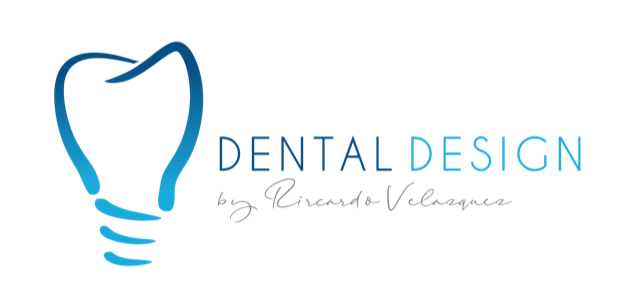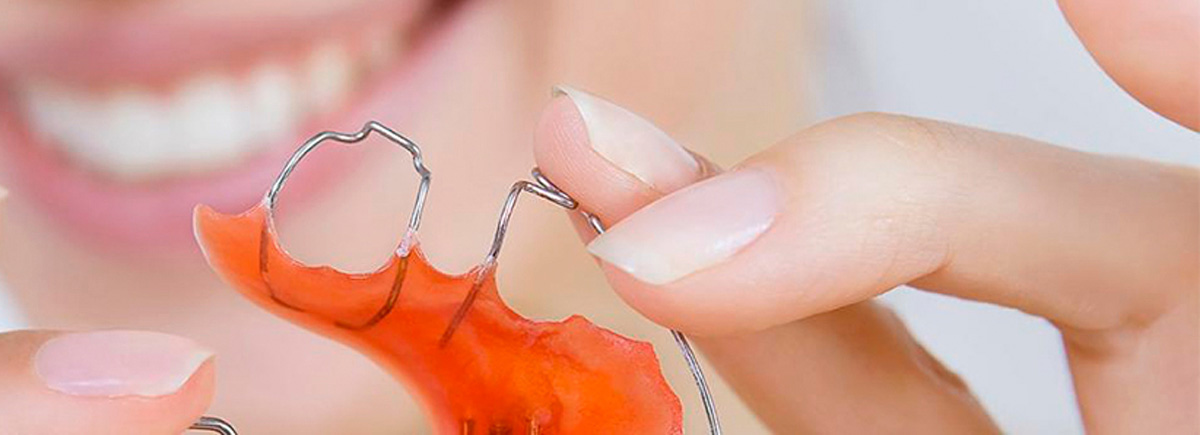Dental orthopedics is the branch of dentistry that has to do with the assessment, development, and alignment of maxilla, mandible, and other cranial bones, with attendant improvement in airway, muscle and neurological tone.
Though most often done in the course of orthodontic treatment, it is also done for other reasons (i.e. sleep apnea, TMJ dysfunction, athletic enhancement, and to remedy some medical conditions).
A respectable minority of dental practitioners believe that when done properly, it offers substantial health benefits in that it improves systemic muscle, neurological, and endocrine function. Dental orthopedic treatment is typically done with functional appliances. It is known by various other names: dentofacial orthopedics, cranio-mandibular orthopedics, gnathological orthopedics, and jaw orthopedics.
Difference between Orthodontics and Dentofacial Orthopedics
While orthodontics entails the management of tooth movement, dentofacial orthopedics involves the guidance of facial growth and facial development, which occurs for the most part during childhood, and is a reason why kids are often the best candidates for receiving dentofacial orthopedic therapy.
If your child begins orthodontic treatment before his or her adult teeth have erupted, it is known as Phase-One treatment. During this phase, we will use treatments designed to correct your child’s jaw growth and make sure that the jaw bone is properly aligned before beginning the next phase of treatment, which usually involves placing braces to straighten your child’s teeth.
Dentofacial orthopedics is also used to treat adult patients; however, this process may involve surgery. With our younger patients, we know the jaw bones are still forming, making it easier for our team to control bone growth and tooth movement.
Adults, however, are a different story; their bones are no longer growing, and their jaw bones have hardened, so it is more difficult to adjust the bite and move teeth into proper alignment. We may recommend surgery to adjust the jaw bone and establish the proper bite alignment before beginning treatment.





